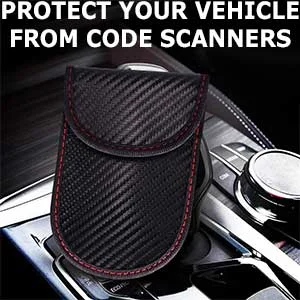If you've driven in snowy winters before, you know the feeling when you come up on a stop sign and unexpectedly find that the temperature and conditions (and previous drivers) have polished the lead-up roadway into a sheet of ice that you couldn't see because of light snow cover - and you are sliding toward active cross traffic and hoping the car is going to stop in time. Or found the car not tracking the front wheels through a turn, but continuing on it's previous trajectory - even with no brakes applied. Or had to try and stop quickly for a car that slid through a stop sign in front of you, or a car that has spun and turned sideways - or even something (or someone!) else that unexpectedly darted out in front of you.
A careful driver in the snow can minimize but never eliminate situations that require better tire performance. And yes, I've driven through my share of winters on tires that work 'OK - most of the time' in snow and ice, that do not perform well in the above situations. And yes, I've been lucky a number of times.
Here's the results of a Continental tire test of braking on snow. For those not familiar with metric measurements, 40 km/hr is only about 25 miles per hour. The winter tires stopped in 54 feet, the summer tires took 112 feet (over twice the distance). And that's driving on snow - not ice - and presumably not with high performance summer tires like the PS4. Some food for thought ...
 View attachment 9859
View attachment 9859








